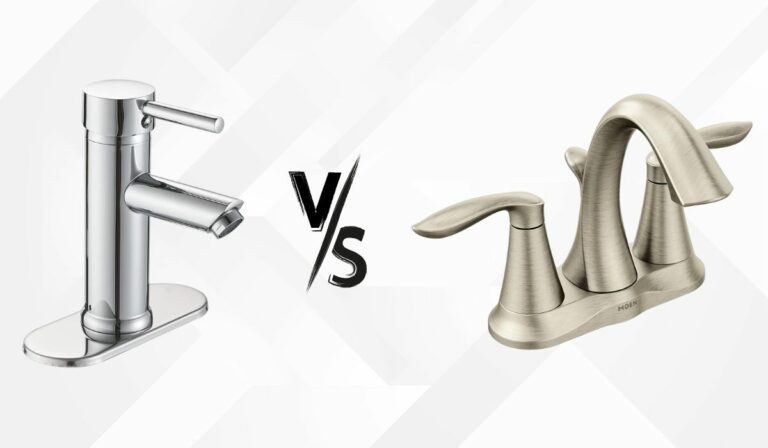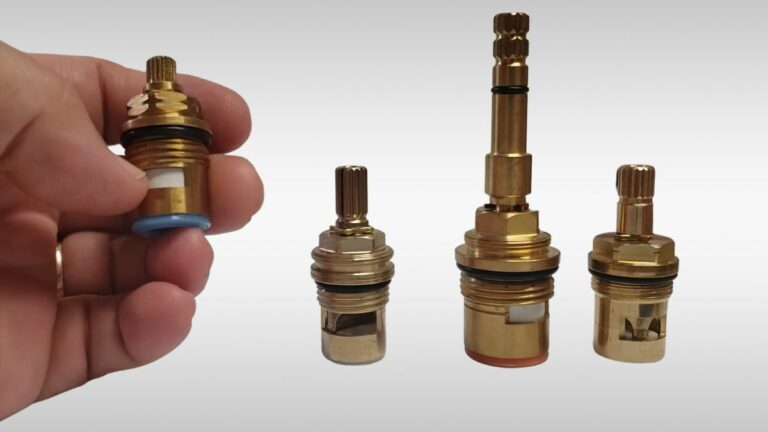How To Measure Kitchen Sink
Getting the perfect fit for your kitchen sink starts with knowing exactly how to measure it. Whether you’re upgrading or replacing, accurate measurements ensure your new sink installs seamlessly and functions beautifully. This guide walks you through everything you need to know to measure your kitchen sink confidently and precisely, no guesswork required.
Understanding Kitchen Sink Types And Their Dimensions
Before grabbing your tape measure, it helps to understand the common kitchen sink types and how their dimensions vary. You’ll typically encounter:
- Top-Mount (Drop-In) Sinks: These have a lip that rests on the countertop. The overall sink size includes the lip, so you’ll measure from edge to edge.
- Undermount Sinks: Installed beneath the countertop, these sinks have no lip visible on top. Measurements focus mainly on the sink basin itself.
- Farmhouse (Apron-Front) Sinks: Known for their deep bowls and exposed front panel, these require more consideration due to their larger profile.
Also, sinks can have one, two, or even three basins, affecting width and depth measurements. Understanding your sink style helps you measure the right parts, preventing costly fitting errors.
Gathering The Necessary Tools For Accurate Measurement
Having the right tools makes your measuring process smoother and more precise. Here’s what you should gather before starting:
- Tape Measure: A sturdy, retractable tape measure is ideal for measuring length, width, and depth.
- Straight Edge or Ruler: Useful for checking straight lines and verifying measurements.
- Notepad and Pen: To jot down your measurements immediately, don’t rely on memory.
- Level: Optional but handy for checking countertop evenness if you’re measuring for installation.
- Camera or Smartphone: Taking photos can help reference your existing sink layout and mounting details later.
Once you have these tools assembled, you’ll be ready to follow the measurement steps with confidence.
Step-By-Step Guide To Measuring Your Kitchen Sink
Measuring Sink Length And Width
Start by measuring the longest points of your sink to determine the length and width. If you have a drop-in sink, measure from the outer edges of the lip. For undermount sinks, measure the actual basin edges. Always measure at least twice to confirm accuracy.
Measuring Sink Depth And Bowl Size
Next, measure the depth from the top edge of the sink bowl down to the bottom. This determines how much volume your sink holds and impacts how it feels in daily use. When measuring bowl size, note if your sink has multiple bowls and measure each individually.
Accounting For Sink Mounting Styles
Understanding your sink’s mounting style is crucial. For drop-in sinks, the countertop cutout size is essential, so measure the opening width and length, not just the sink itself. Undermount sinks require you to know the cabinet size and overhang dimensions. Farmhouse sinks especially need attention to front-to-back measurements since their fronts often extend beyond the cabinet edge.
Tips For Measuring For Replacement Sinks
When replacing your kitchen sink, aim to match or slightly exceed the existing measurements. Here are some useful tips:
- Measure the Existing Sink and Cutout: If possible, remove or lift the old sink to take measurements of both the sink and the countertop cutout.
- Include Faucet and Accessory Dimensions: If you plan to retain your faucet or accessories like soap dispensers, ensure there’s adequate spacing.
- Think About Cabinet Space: Measure the interior width and depth of your base cabinet to confirm your new sink fits comfortably.
- Consult Manufacturer Specs: Always double-check dimensions listed by the sink manufacturer, as slight variations can affect installation.
These steps help you pick a sink that fits perfectly, avoiding surprises during installation.
Common Mistakes To Avoid When Measuring Your Kitchen Sink
Avoid these common pitfalls to ensure your measurements are spot-on:
- Not Measuring Twice: Rushing without double-checking can lead to costly errors.
- Ignoring Sink Mount Type: Using the wrong measurement technique for your sink style throws off sizing accuracy.
- Overlooking Faucet and Accessory Space: Forgetting to factor in space for faucets, soap dispensers, and strainers can cause fitting issues.
- Measuring Only the Sink Without Cutout Size: For drop-in sinks especially, only measuring the sink and not the countertop opening can lead to incompatibility.
- Neglecting Cabinet Dimensions: Installing a larger sink than the cabinet can accommodate is a painful mistake to fix.
Taking care to avoid these ensures your project proceeds smoothly and your kitchen sink fits like a glove.
Conclusion
Measuring your kitchen sink may seem straightforward, but accuracy is the cornerstone of a successful installation. By understanding your sink type, gathering the right tools, and following precise measuring steps, you secure a perfect fit that enhances your kitchen’s functionality and style. Keep an eye out for common mistakes and always measure more than once. With these strategies, you’ll confidently navigate your kitchen sink upgrade or replacement, ensuring your new sink looks great and works flawlessly from day one.


